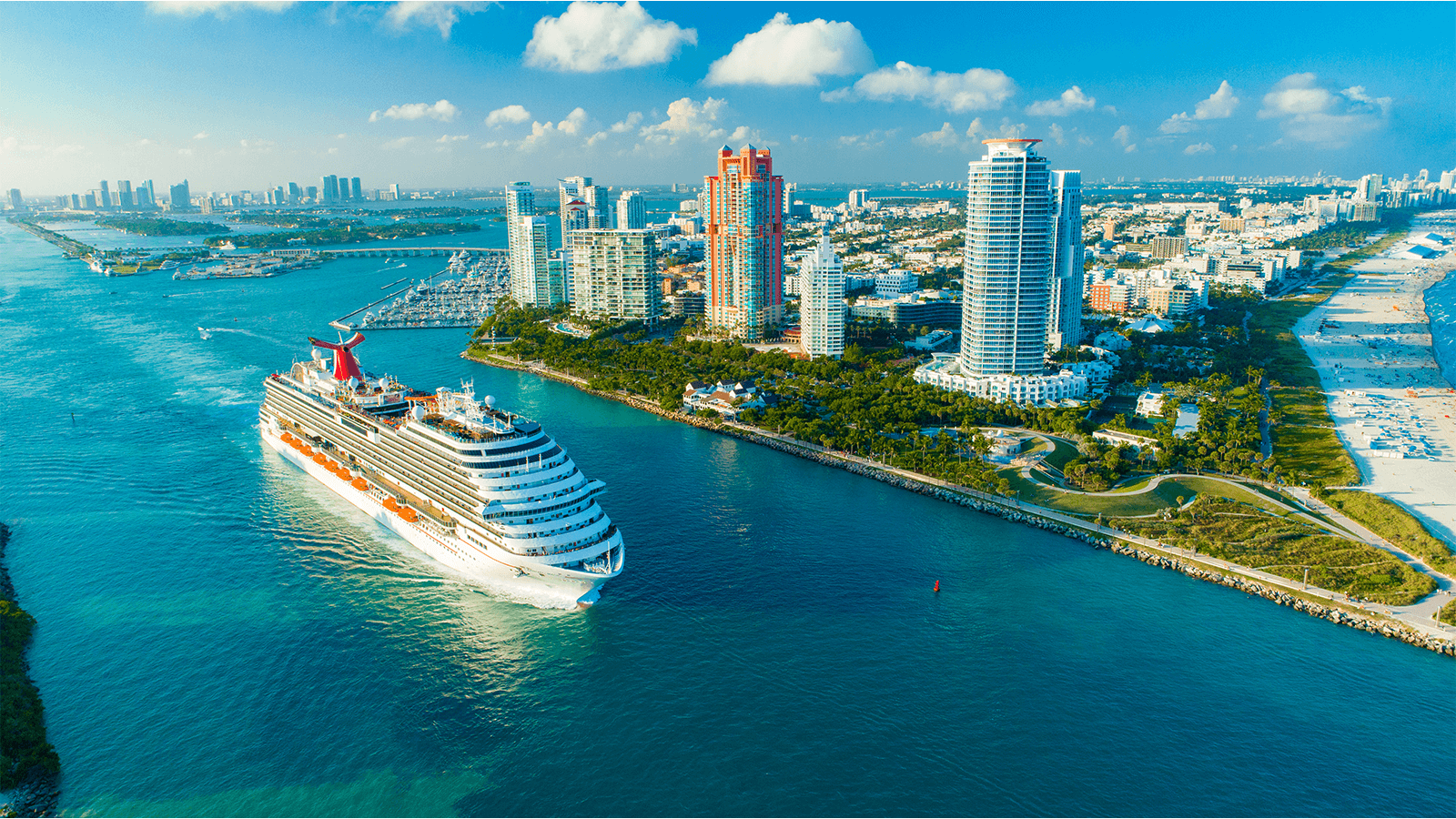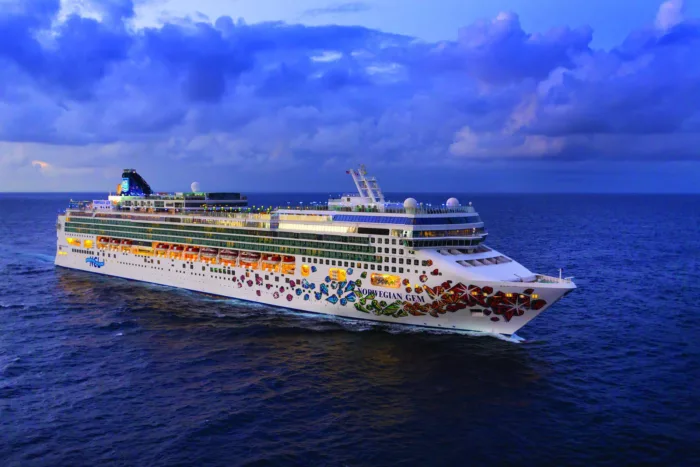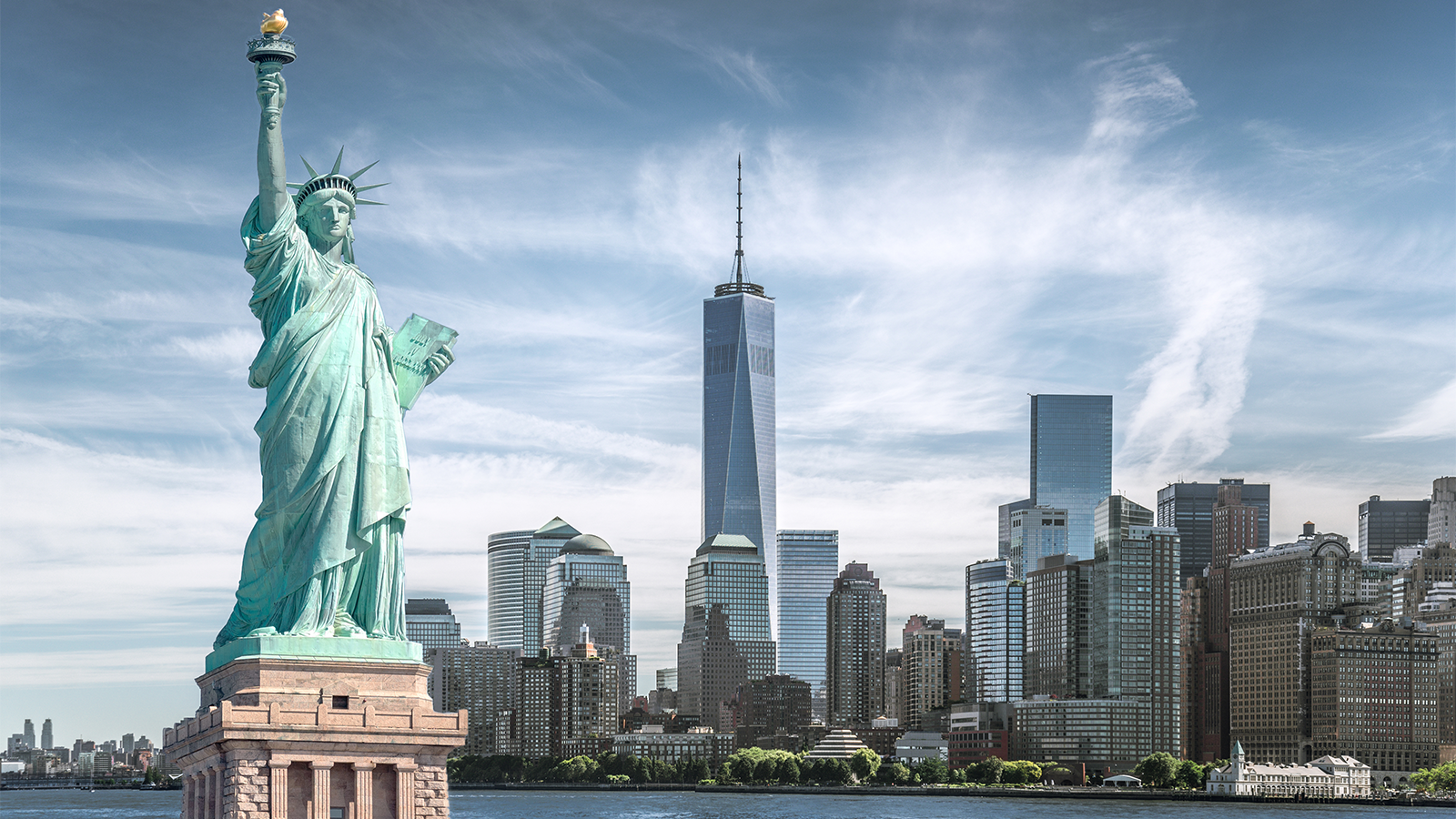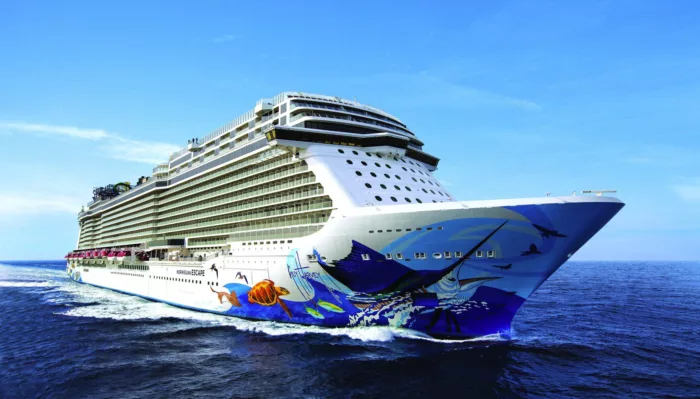
Norwegian Cruise Line
Founded in 1966, Miami-based Norwegian Cruise Line (NCL), part of global cruise company Norwegian Cruise Line Holdings (which also owns Oceania Cruises and Regent Seven Seas Cruises), is the third-largest cruise line in the world in terms of cruise passengers. NCL has become well-known for its colourful ships featuring a pop-icon style painted hull.
1944
Passengers
899
Crew
1999
Launched
2024
Last refit
77104t
Tonnage
258m
Length
37m
Width
20kts
Speed
9
Decks
USD
Currency
Cruise Itinerary
Day 1
Lisbon, Portugal
Day 2
Porto, Portugal
Day 3
La Coruña, Spain
Day 4
Bilbao, Spain
Day 5
Le Verdon-sur-Mer, France
Day 6
La Rochelle, France
Day 7
At Sea
Relax and make the most of the myriad of facilities available on board the ship, from fantastic entertainment to delicious and diverse dining options.
Day 8
IJmuiden, Netherlands
Day 9
Zeebrugge, Belgium
Day 10
Le Havre, France

Day 1
Lisbon, Portugal
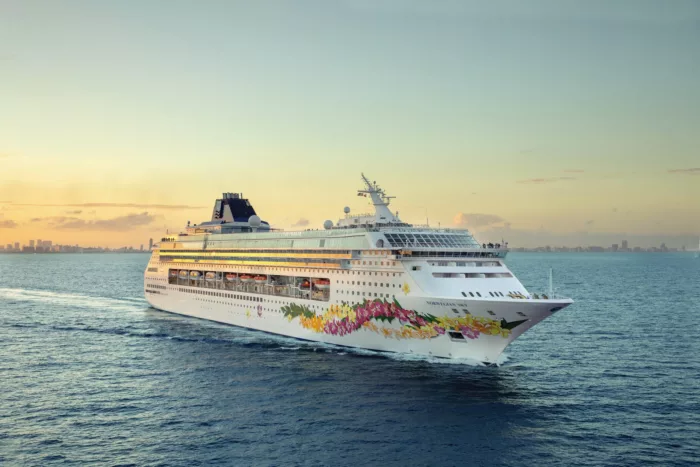
Day 2
Porto, Portugal

Day 3
La Coruña, Spain

Day 4
Bilbao, Spain

Day 5
Le Verdon-sur-Mer, France

Day 6
La Rochelle, France

Day 7
At Sea

Day 8
IJmuiden, Netherlands

Day 9
Zeebrugge, Belgium

Day 10
Le Havre, France
Ship Details


Norwegian Cruise Line
Norwegian Sky
Come aboard Norwegian Sky® and discover a more intimate and traditional cruising experience. Sail the Bahamas, Greek Isles, go on one of Norwegian's Extraordinary Journeys, and more on this ship.
Cabins
All Prices



